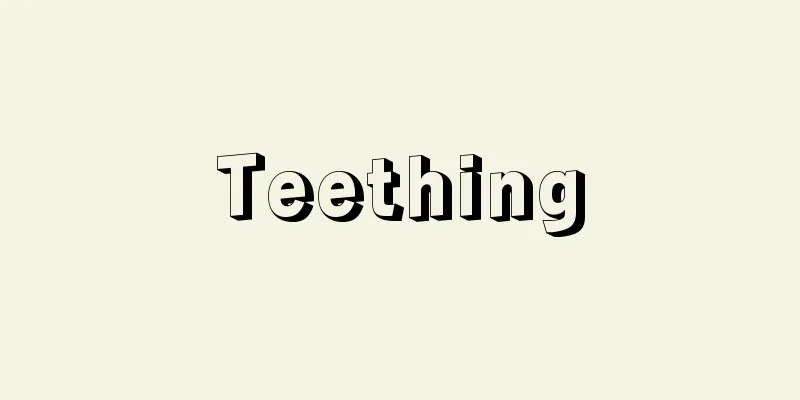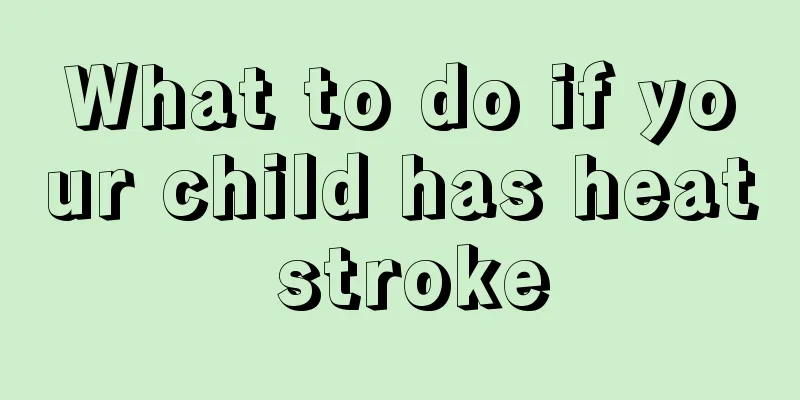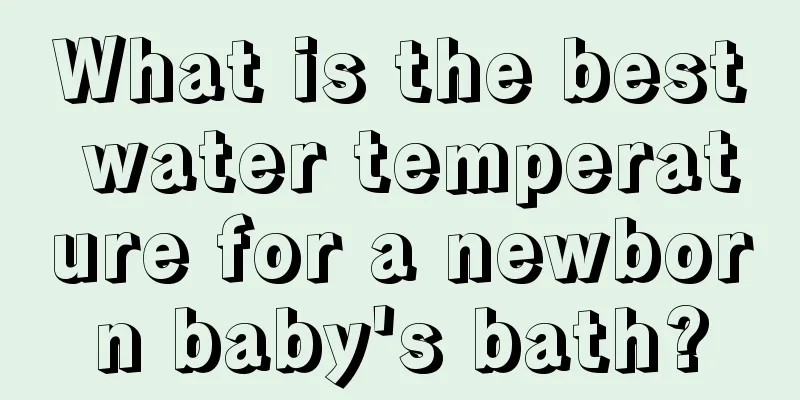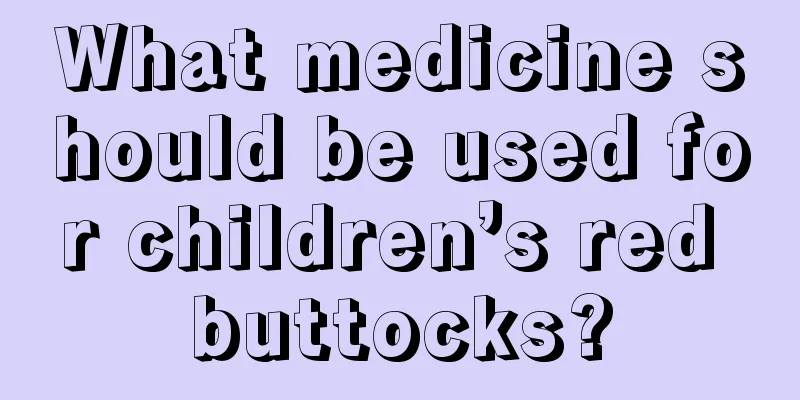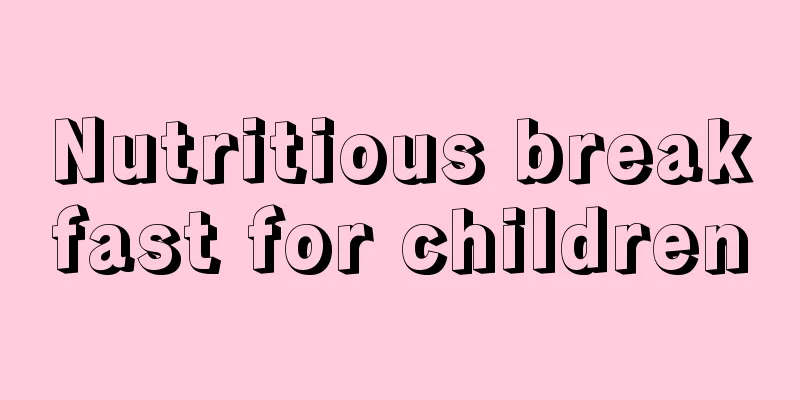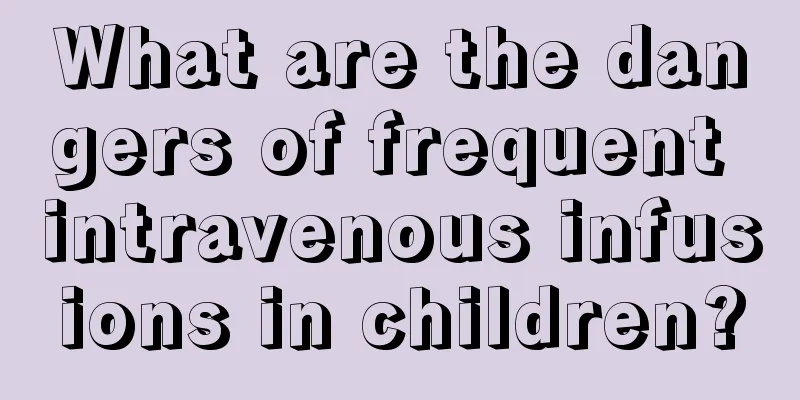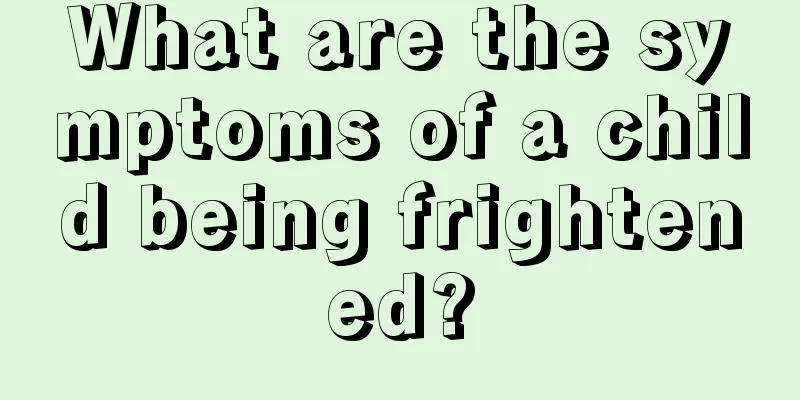What to do if your child has a sore throat and phlegm

|
If a child has phlegm in his throat, you should guide him to cough it out. If the child is too young to master this skill, parents can use auxiliary methods to speed up the discharge of phlegm from the child. In this way, the phlegm in the throat can be reduced. In addition, you can use multiple methods such as drinking water and keeping warm to relieve the symptoms, which will be more effective in treatment. What to do if your baby has phlegm 1. Phlegm-slapping method (1) When a child is coughing, parents can let the child lie on his side during the pause in coughing, or pick up the child and let the child lie on his side. (2) Parents can make a fist with one hand and gently pat the child’s chest, sides and back. Let the child lie on his left side while patting the left chest, alternating between the left and right sides. (3) Do not use too much force when patting, and follow the order from top to bottom and from outside to inside. It is recommended to massage each side for 3 to 5 minutes each time, 2 to 3 times a day. TIP: After patting, the phlegm accumulated in the child's lungs and bronchi will flow out through the trachea, and the blood circulation in the heart and lungs will become smoother, which can relieve bronchial inflammation and the child will be able to recover as soon as possible. 2. Keep warm Since children do not have strong immunity, they are more likely to catch a cold than adults and are more susceptible to respiratory diseases such as bronchitis. Therefore, parents should always pay attention to keeping their children warm and not let them be affected by the cold. 3. Drinking water method If a child coughs often, a lot of invisible water will be lost, causing dehydration in the trachea, which will lead to worsening of respiratory inflammation. Lack of water can also cause secretions to become thicker, making it more difficult to cough up phlegm. Therefore, children need to drink more water, preferably boiled water at a temperature of about 23 degrees Celsius, which can moisturize the child's throat and have the effect of physical treatment of the disease. Boiled water can dilute the originally thick secretions, help to cough up phlegm smoothly, relieve children's cough symptoms, promote the clearing of phlegm in the throat, and relieve local inflammation. In addition, drinking boiled water can promote blood circulation. The waste and toxins produced by metabolism can be excreted through urine, and the irritation to the respiratory tract will also be reduced. 4. Indoor ventilation The windows in the house need to be opened frequently to ventilate the room so that children can breathe fresh air at any time. The temperature should be kept between 18 and 22 degrees Celsius, but children should never be exposed to cold wind. The relative humidity should be kept between 60% and 65%, and the humidity can be increased by mopping the floor. This will prevent the respiratory mucosa from drying out, and the cilia on the surface of the mucosa will continue to vibrate to help sputum be discharged smoothly. |
>>: What to do if your baby has a sore throat
Recommend
What should I do if my child falls on his head and gets a big bump?
We all know that children are lively and active b...
How long does it take for a child to read after his pupils are dilated?
How long will it take for a child to be able to r...
What to do if your child has lower abdominal pain
Children are still immature in development, and o...
Three-month-old baby's weight gain is slow
After the baby is born, his health is the focus o...
What should I do if my child has warts?
Warts are actually a skin disease, which usually ...
Issues that should be paid attention to when a 7-year-old child loses teeth
From birth to old age, everyone will have a chang...
What fruits should children with tracheitis eat?
Bronchitis is a very common disease, especially f...
How high a pillow is suitable for a one-year-old baby
When the baby is still one year old, some of the ...
20 kinds of food that children should not eat too much
Medical experts hereby remind parents that childr...
What to do if your baby has spring diarrhea
The temperature in spring is fluctuating, and man...
What should I do if my baby coughs and has phlegm?
When their children have a cough, parents are par...
What should I do if my child’s tooth is broken?
Many children will experience broken teeth as the...
What should young children pay attention to when learning to swim?
Babies have learned to adapt to life in water sin...
Does O-shaped legs affect children's height?
Many children now have bow legs due to incorrect ...
How tall should a baby be at one year and three months old?
After the child is born, whether he is breastfed ...

